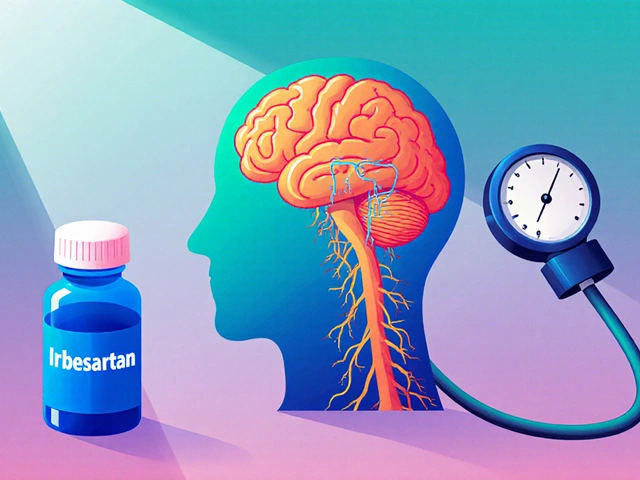Can Tolterodine Help with Nocturia (Nighttime Urination)?
June 18 2023Amazonian Herbs: What They Do and How to Use Them Safely
The Amazon rainforest is home to many herbs people use for energy, inflammation, digestion, and mood. That sounds exciting, but wild plants don’t come with guarantees. This guide explains common Amazonian herbs, how people use them, and simple safety checks for buying online.
Top Amazonian Herbs to Know
Guaraná — a seed high in caffeine. People use it for energy and focus. Expect a stronger kick than coffee per gram, so start small and avoid late-day use if you’re sensitive to stimulants.
Camu camu — a fruit powder loaded with vitamin C. Folks add it to smoothies for immune support or a tart flavor. Because it’s acidic, mix with yogurt or a spoon of honey if it tastes sharp.
Cat’s claw (Una de Gato) — a vine traditionally used for inflammation and immune health. Many take it as a capsule or tea. If you’re on immune-suppressing drugs, check with your doctor first.
Chuchuhuasi — bark used for joint discomfort and stamina. It’s mainly available as an extract or tea. People report it works for short-term relief, but don’t expect miracle cures.
Sangre de grado (dragon’s blood) — a red sap used topically for minor skin wounds and inflammation. It’s sold as topical gels and tinctures. Patch test before wider skin use to avoid allergic reactions.
How to Use, Buy and Stay Safe
Form matters. Powders and teas release slowly; extracts and tinctures are more concentrated. If a product lists ‘standardized extract’ it usually means consistent active compounds per dose — helpful for dosing.
Start with low doses. Natural doesn’t always mean mild. Try a quarter or half the recommended dose for a few days to see how your body reacts.
Watch for interactions. Herbs can change how prescription drugs work. Common examples: stimulants with blood pressure meds, or immune-active herbs with immunosuppressants. When in doubt, ask your pharmacist or doctor.
Check quality. Look for clear ingredient lists, batch numbers, and third-party testing when available. Avoid products with vague origin claims like “forest blend” without details. Organic and contaminant-free certifications are a plus, especially for powders and teas.
Think sustainability. Many Amazonian plants are overharvested. Choose brands that say they use sustainable harvesting or work with local communities. That helps protect the plants and supports fair pay for harvesters.
Storage and shelf life are simple but often ignored: keep powders dry and sealed, store extracts away from direct sunlight, and use by the date on the label.
Finally, be realistic. Amazonian herbs can support wellness for some people, but they aren’t replacement for prescribed treatments. Use them thoughtfully, check product quality, and ask a healthcare pro if you’re pregnant, nursing, or taking regular medications.
If you want help picking a product or checking an online seller, I can point out what to look for in a label or a website—ask me for a quick checklist.
 26 Apr
26 Apr
Top Amazonian Herbs: Science-Based Benefits for Holistic Wellness
Amazonian herbs aren't just jungle folklore—they're becoming wellness favorites worldwide, with real research to back up their hype. This guide spotlights the most popular rainforest botanicals making waves for their health benefits. Discover what the science actually says—no empty promises, just evidence. You'll get practical tips on sourcing, safety, and ways to use these potent plants. Explore how these ancient remedies can fit into a modern, healthy lifestyle.
Read More...




